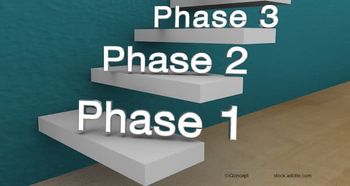
Ocriplasmin an option for FTMH and vitreomacular adhesion
Ocriplasmin (Jetrea, ThromboGenics) is an option for the management of patients who have full-thickness macular hole (FTMH) and vitreomacular adhesion, according to an article in press in the American Journal of Ophthalmology.
Ocriplasmin (Jetrea, ThromboGenics) is an option for the management of patients who have full-thickness macular hole (FTMH) and vitreomacular adhesion, according to an article in press in the
US researchers conducted two multicentre, randomized, double-masked clinical trials. The goal was characterize both visual and anatomic outcomes in patients with FTMH at baseline in ocriplasmin Phase III clinical trials. The researchers focused on resolution of vitreomacular adhesion and its relationship with FTMH closure. Among the study’s secondary endpoints was pharmacologic FTMH closure.
The researchers evaluated patients who had baseline FTMH for FTMH width, vitreomacular adhesion, and epiretinal membrane, and obtained OCT scans at baseline and at every post-injection visit.
They found that in patients who had small and medium FTMH at baseline, ocriplasmin treatment demonstrated efficacy in closure. This also held true in patients who at baseline had FTMH without epiretinal membrane. In addition, when hole closure was achieved after ocriplasmin treatment, visual acuity gains occurred more frequently compared to when this outcome did not occur.
Their findings:
• In ocriplasmin-injected patients who had baseline FTMH width of ≤250 μm, 58.3% had FTMH closure, compared to 16.0% of patients who received a vehicle injection only.
• In ocriplasmin-injected patients who had baseline FTMH width of >250 to ≤400 μm, 36.8% had FTMH closure, compared to 5.3% of patients who received a vehicle injection only.
• Of the patients who had FTMH at baseline and received ocriplasmin treatment, 72.1% of those who achieved hole closure at day 28 demonstrated a ≥2-line visual acuity gain at month 6, compared to 25.4% who did not achieve hole closure at day 28.
Newsletter
Get the essential updates shaping the future of pharma manufacturing and compliance—subscribe today to Pharmaceutical Technology and never miss a breakthrough.










































